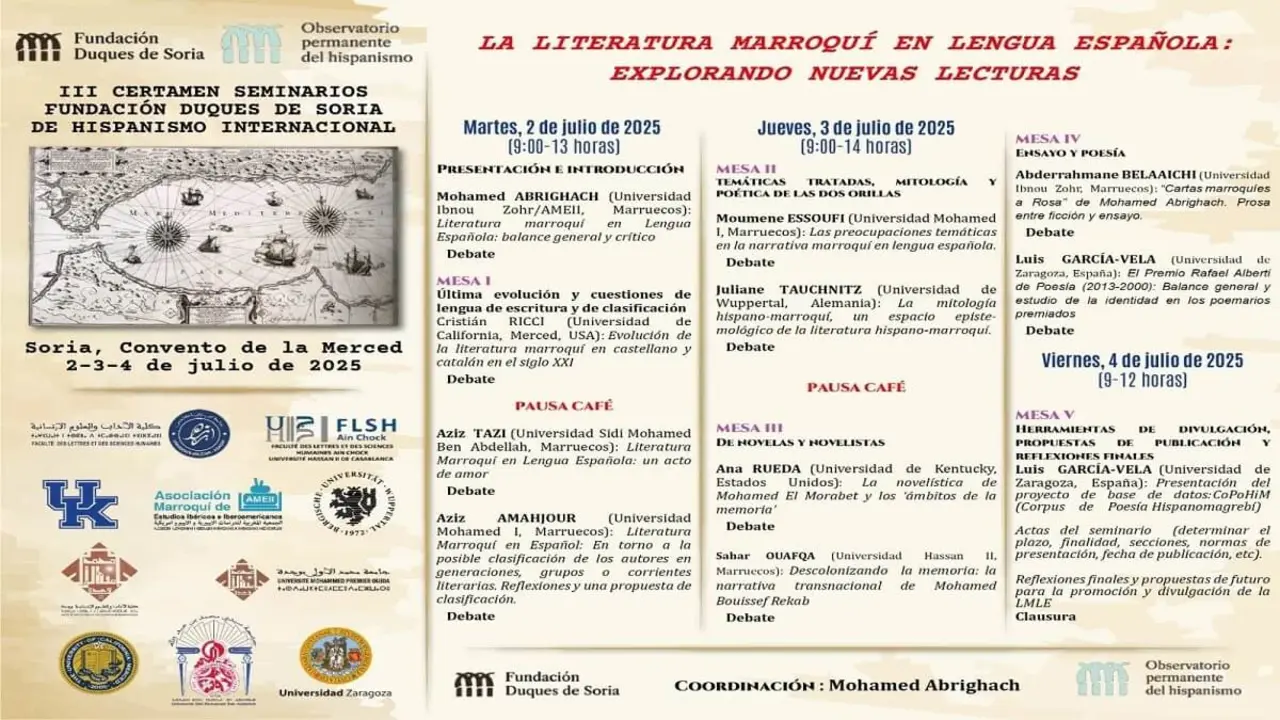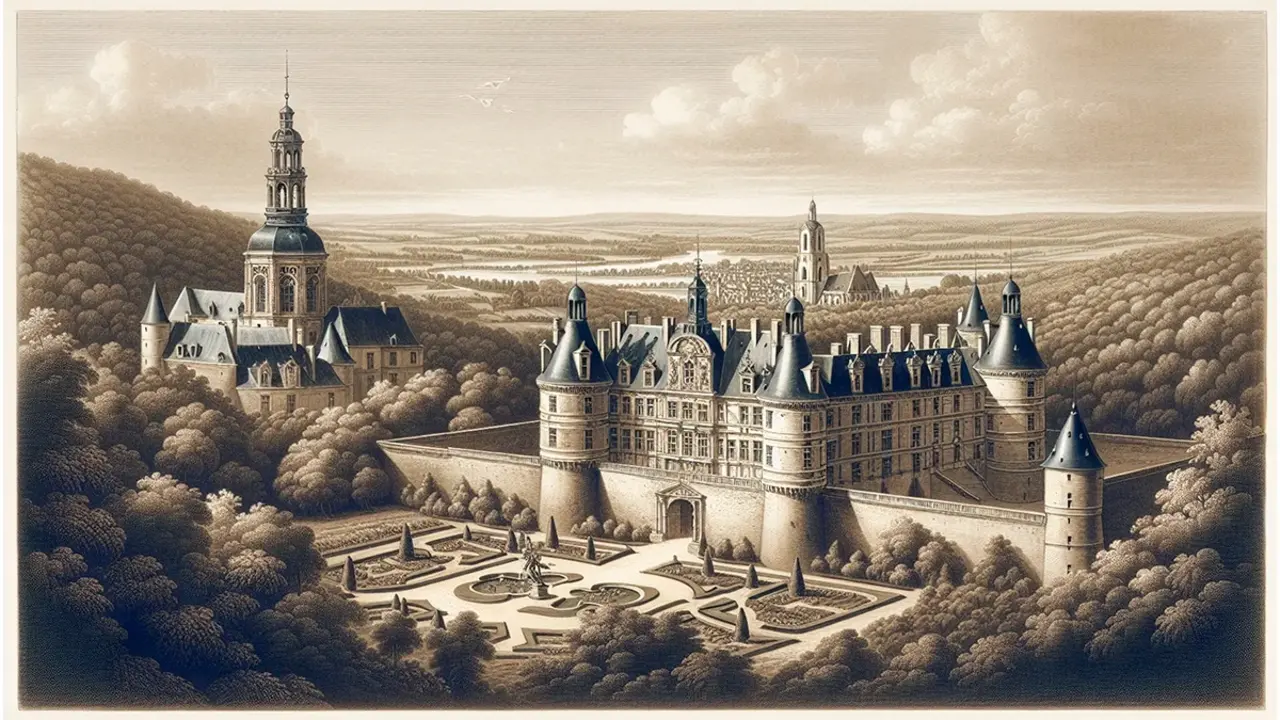Spring: an inspiration for artists
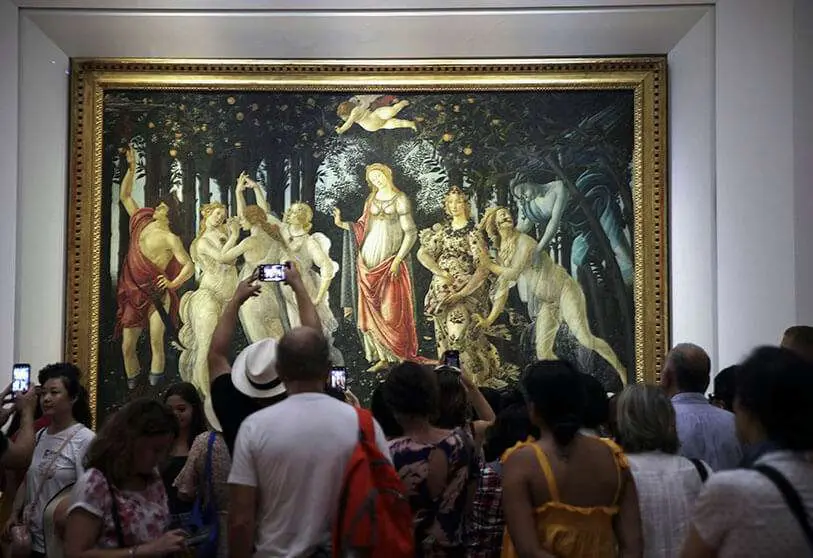
Despite allergies, spring has always been welcome and with it the world is reborn. Trees recover what they lost in autumn, roses, poppies and lilies bloom. This season has inspired many artists over the centuries with its colours, beginning in the Renaissance with the representation of its essence.
Masters such as Vincent Van Gogh, Claude Monet, Sandro Boticelli, John Everett Millais, John William Waterhouse and Pieter Brueghel, among others, have captured the charms of spring in their works.
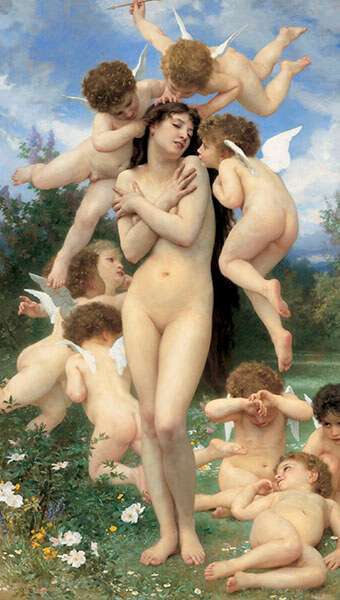
As early as 1482, Sandro Botticelli painted one of the great works of the Renaissance, "Spring". This work, with the presence of six women on the canvas, surrounded by two men and above whom flies a cherub, alludes to spring. Spring is represented by the orange orchard full of ripe fruit in which they stand and by the incarnation of spring in the woman in the centre, who scatters roses before herself. Venus, as in Botticelli's most famous work, "The Birth of Venus", is the main focus of this work.
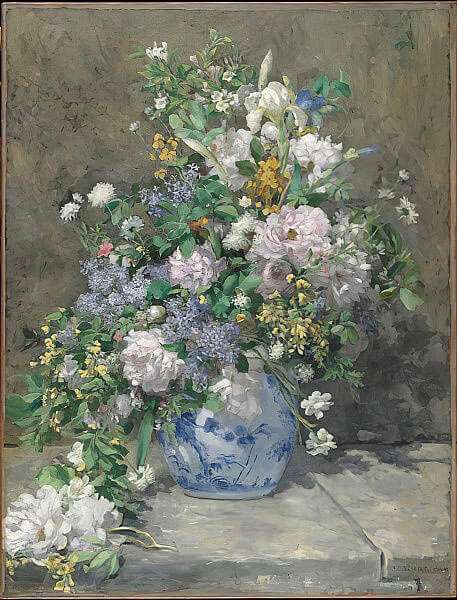
Some critics believe that the figure with roses may represent the metamorphosis of Chloris into Flora. Overall, it is a celebration of maturity and fertility returning to the world in spring.
Also in the work of Pieter Brueghel the Younger (1564-1636) we see the daily life of Flemish peasants at this time of year. Many of Brueghel's works consisted of taking sketches and drawings from his father, Brueghel the Elder, and then adding colour to them. Brueghel's "Spring" is a replica of his father's work and its subject matter revolves around the season following the cold winter. It shows a community coming together to prepare the soil, plant the seeds and prepare the livestock for the summer. We see men and women working in the communal gardens, men tangling vines on a trellis and even groups of people dancing together.

For his part, Nicolas Poussin has one of his last major works, "The Four Seasons", a set of four oil paintings in which his vision of spring is inspired by Milton and Virgil. We see the earthly paradise of Eden before the Fall, with Adam and Eve naked pointing to the Tree of Knowledge. The vegetation around them is lush and resplendent, an image of the bountiful Roman landscape of Virgil's Georgics. And although they look towards the forbidden fruit, we see no serpent in Poussin's Eden.
Pierre-Auguste Renoir painted "The Spring Bouquet" in 1866, which, although it predates his Impressionist works, already shows luminosity, brightness and vitality. This painting, brimming with colour and life, depicts the precise moment when the flowers bloom in the vase in which they are arranged. The vase itself, with its blue and white porcelain, is Japanese in style, a clear influence we see in many Impressionist artists.
Similarly, in Sisley's work, "Little Meadows in Spring" is full of vitality and presents a remarkably restrained image; the trees remain bare and there is not a hint of cherry blossom. But in the foreground he portrays his little daughter as a symbol of rebirth, like Botticelli's "Primavera", representing the image of new life.

Monet's "Orchard in Spring" shows the orchard in the gardens of Giverny in Normandy, attached to the house he rented from 1883 and later bought. These gardens, with their waterways and bridges, would inspire his later works of water lilies. In the orchard in 1886 he painted this scene, with its apple blossom vault that seems to illuminate the entire canvas. The seated figure below is believed to be the daughter of Monet's then mistress, Suzanne Hoschedé, whose mother would become his second wife.
Of course, Vincent van Gogh also has great spring-themed works, in this case "The Pink Peach Tree" from 1888 is the perfect example of this trend. When the artist arrived in Arles in Provence in February of that year, the weather was bad at the time, but within two weeks it had changed and the blossom was on the fruit trees. He then began a series of works of blossoming trees, and the flower became a symbol of spiritual rebirth, an image of beauty generated after the harsh winter, just as a work of art was created only after much anguish and frustration.
Japanese artists and spring

Japanese spring is probably one of the most beautiful springs and the artist Katsushiki Hokusai depicts it in "Bullfinch and Weeping Cherry" from 1834. Cherry blossom, apple blossom, peach blossom and plum blossom are images synonymous with the arrival of spring. In Japan, the flower has a particular importance as a symbol of the transitory nature of all things, as it blooms in spring in beauty and disappears shortly afterwards. His "Small Flowers" series includes this work, which shows a cherry branch beginning to blossom with the bird perched on it and a rich Prussian blue in the background. Next to it, Setsuman's words "A single bird emerges, drenched in dew, from the morning cherry blossoms".
In the custom of Hanami, we also contemplate the importance of Japanese spring. Yoshu Chikanobu was the great artist of the Meiji era, which lasted from 1868 to 1912. He depicts the ladies of the Chiyoda Imperial Palace in Tokyo as they leave the palace to view the cherry blossoms, a practice that has been common throughout Japan since at least the 8th century. The cherry blossom blooms in Japan between March and May, moving northwards along the islands, and its timing is carefully monitored.




